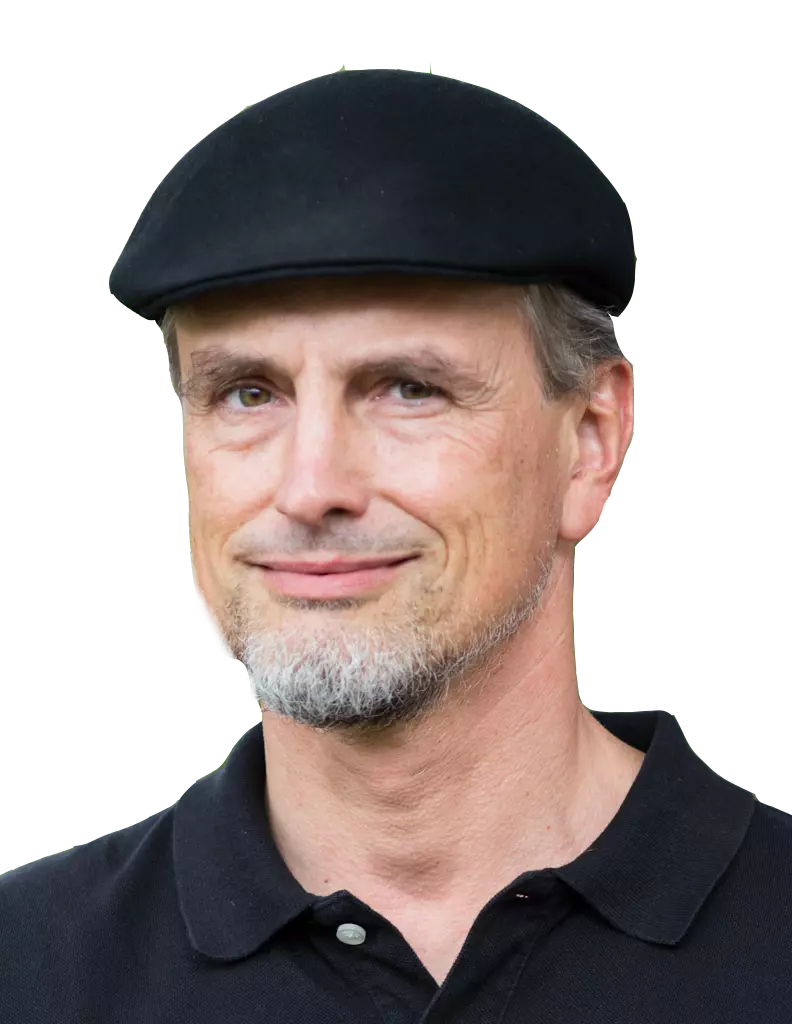Jürgen Schmidhuber

Deep Learning RNNaissance
Abstract – In recent years, our deep artificial neural networks (including recurrent ones) have won numerous contests in pattern recognition and machine learning. They are now widely used in industry. I will briefly review deep supervised / unsupervised / reinforcement learning, and discuss the latest state of the art results in numerous applications.
Biography – Since age 15 or so, Prof. Jürgen Schmidhuber's main goal has been to build a self-improving Artificial Intelligence (AI) smarter than himself, then retire. He has pioneered self-improving general problem solvers since 1987, and Deep Learning Neural Networks (NNs) since 1991. The recurrent NNs developed by his research groups at the Swiss AI Lab IDSIA & USI & SUPSI and TU Munich were the first to win official international contests. They have revolutionised handwriting recognition, speech recognition, machine translation, image caption generation, and are now available to over a billion users through Google, Microsoft, IBM, Baidu, and many other companies (Google DeepMind’s first PhDs in Machine Learning and AI also came from his lab).
His team's Deep Learners were the first to win object detection and image segmentation contests, and achieved the world's first superhuman visual classification results, winning nine international competitions in machine learning & pattern recognition (more than any other team). They also were the first to learn control policies directly from high-dimensional sensory input using reinforcement learning.
His research group also established the field of mathematically rigorous universal AI and optimal universal problem solvers. His formal theory of creativity & curiosity & fun explains art, science, music, and humor. He also generalized algorithmic information theory and the many-worlds theory of physics, and introduced the concept of Low-Complexity Art, the information age's extreme form of minimal art.
Since 2009 he has been member of the European Academy of Sciences and Arts. He has published 333 peer-reviewed papers, earned seven best paper/best video awards, the 2013 Helmholtz Award of the International Neural Networks Society, and the 2016 IEEE Neural Networks Pioneer Award. He is president of NNAISENSE, which aims at building the first practical general purpose AI.